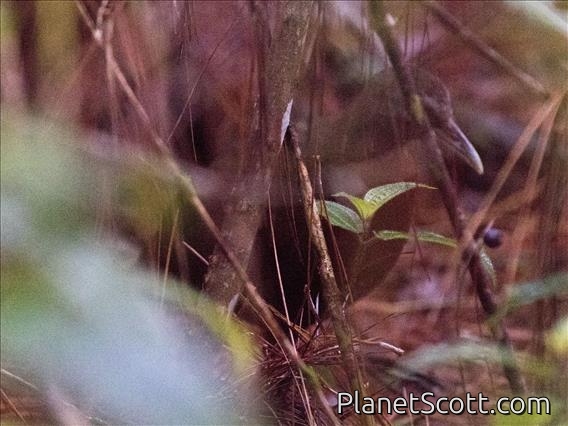Madagascar Wood-Rail (Mentocrex kioloides)

Madagascar Wood-Rail (Canirallus kioloides)
×


Madagascar Wood-Rail (Canirallus kioloides)
About Madagascar Wood-Rail (Mentocrex kioloides)
- Kingdom: Animals
- Phylum: Chordates
- Class: Birds
- Order: Cranes, Rails, and Allies
- Family: Rails, Gallinules, and Allies
Not Available
Trips
Visits
-
2017-11-06Ranomafana National Park, Madagascar
-
2017-11-16Andasibe, Madagascar

